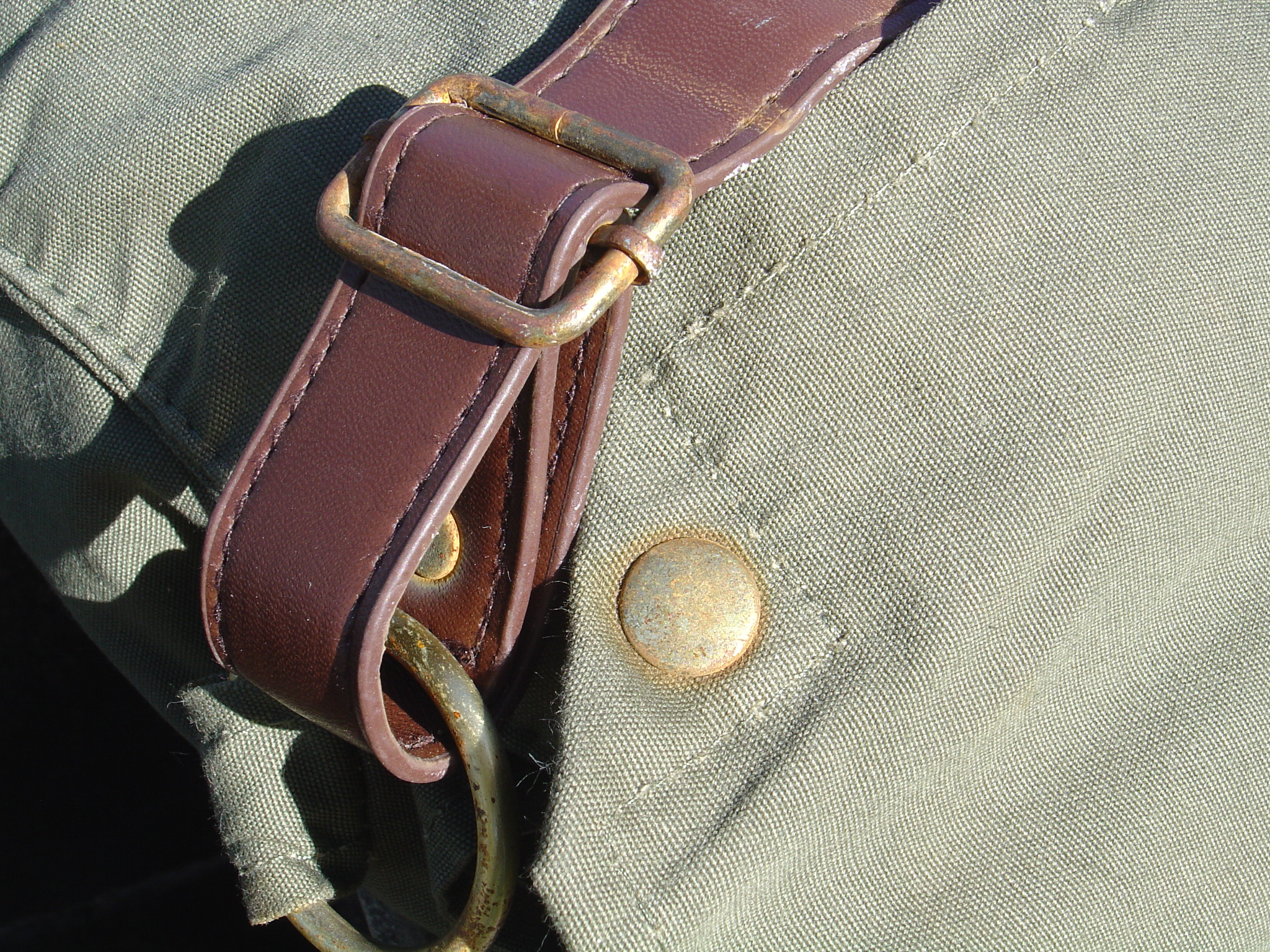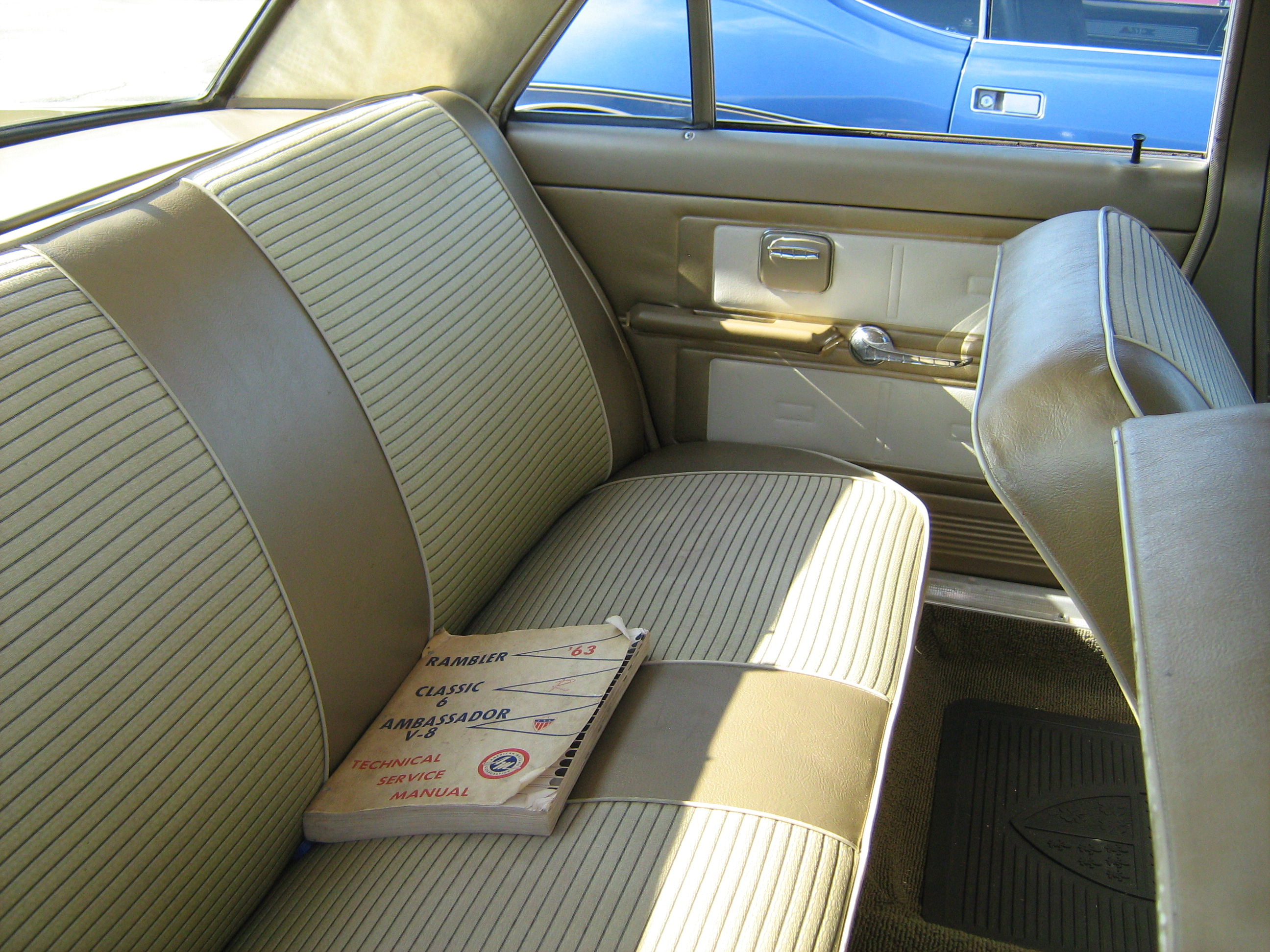|
Automotive Textile
An Automotive textile is a technical textile used in the transportation and automotive industries. The choice of type of automotive textile focuses on aspects of safety, comfort, and aesthetics. These textiles have variety of applications in the automotive industry, such as interior fittings, safety features, sound insulation, and tire reinforcement. Material and performance parameters Certain performance parameters are required for automotive textiles. Different needs are filled by different types of fiber and structures. High tensile materials are used for airbags. Truck covers are made with PVC or coated polyester material. Textiles are also used for trunk coverings (often needle felts) and cargo tie downs. Many coated and reinforced textiles are used in materials for engines such as air ducts, timing belts, and air filters. Non-woven textiles are used for cabin air filtration and engine sound isolation. * Abrasion resistance * Colorfastness to light and rubbing * UV pro ... [...More Info...] [...Related Items...] OR: [Wikipedia] [Google] [Baidu] |
Artificial Leather
Artificial leather, also called synthetic leather, is a material intended to substitute for leather in upholstery, clothing, footwear, and other uses where a leather-like finish is desired but the actual material is cost prohibitive or unsuitable. Artificial leather is known under many names, including ''leatherette'', ''imitation leather'', ''faux leather'', ''vegan leather'', ''PU leather'', and ''pleather''. Manufacture Many different methods for the manufacture of imitation leathers have been developed. A current method is to use an embossed release paper known as ''casting paper'' as a form for the surface finish, often mimicking the texture of top-grain leather. This embossed release paper holds the final texture in negative. For the manufacture, the release paper is coated with several layers of plastic e.g. pvc or polyurethane, possibly including a surface finish, a colour layer, a foam layer, an adhesive, a fabric layer, a reverse finish. Depending on the spec ... [...More Info...] [...Related Items...] OR: [Wikipedia] [Google] [Baidu] |
Trunk (car)
The trunk (North American English) or boot (British English) of a car is the vehicle's main storage or cargo compartment, often a hatch at the rear of the vehicle. It is also called a tailgate. In Indian English the storage area is known as a dickey (also spelled dicky, dickie, or diggy), and in South-East Asia as a compartment. Designs The trunk or luggage compartment is most often at the rear of the vehicle. Early designs had an exterior rack on the rear of the vehicle to attach luggage trunk. Later designs integrated the storage area into the vehicle's body, and eventually became more streamlined. The main storage compartment is normally provided at the end of the vehicle opposite to which the engine is located. Some mid-engined or electric cars have luggage compartments both in the front and in the rear. Examples include the Porsche 914 and Boxster as well as Toyota MR2. The mid-engined Fiat X1/9 also has two storage compartments, although the rear one is s ... [...More Info...] [...Related Items...] OR: [Wikipedia] [Google] [Baidu] |
Seat Belt
A seat belt (also known as a safety belt, or spelled seatbelt) is a vehicle safety device designed to secure the driver or a passenger of a vehicle against harmful movement that may result during a collision or a sudden stop. A seat belt reduces the likelihood of death or serious injury in a traffic collision by reducing the force of Second impact (safety), secondary impacts with interior strike hazards, by keeping occupants positioned correctly for maximum effectiveness of the airbag (if equipped), and by preventing occupants being ejected from the Car crash, vehicle in a crash or if the Vehicle rollover, vehicle rolls over. When in motion, the driver and passengers are traveling at the same speed as the vehicle. If the vehicle suddenly stops or crashes, the occupants continue at the same speed the vehicle was going before it stopped. A seatbelt applies an opposing force to the driver and passengers to prevent them from falling out or making contact with the interior of the ca ... [...More Info...] [...Related Items...] OR: [Wikipedia] [Google] [Baidu] |
Door Card
A door card (in British English) or a door panel (in American English) is an insert on the door of a vehicle that covers the door's internal components. Design The door card will usually match the rest of the vehicle's interior. Door panels were formerly made of cardboard with an upholstered interior finish of vinyl, leather, cloth, carpet, or other materials for the decorative trim. Modern cars typically have door cards made of plastic, most often using injection moulding, as well as incorporating other decorative materials. The design should incorporate both the necessary service amount and the functional unit (such as "it is strong" and "it looks and feels good") so that a given car door panel "would service a car body's life span of ." The door panel typically incorporates other parts that contribute to the appearance, functionality, and ergonomics of the vehicle. These include armrests, switches or other controls for windows and the locking mechanism, convenience lights, ... [...More Info...] [...Related Items...] OR: [Wikipedia] [Google] [Baidu] |
Dimensional Stability (fabric)
Dimensional stability (in fabric) is the change of dimensions in textile products when they are washed or relaxed. The change is always expressed relative to the dimensions before the exposure of washing or relaxing. Shrinkage is also called residual shrinkage and measured in percentage. The major cause of shrinkages is the release of stresses and strains introduced in manufacturing processes. Textile manufacturing is based on the conversion of fiber into yarn, yarn into fabric, includes spinning, weaving, or knitting, etc. The fabric passes through many inevitable changes and mechanical forces during this journey. When the products are immersed in water, the water acts as a relaxing medium, and all stresses and strains are relaxed and the fabric tries to come back to its original state. The dimensional stability of textile materials is an important quality parameter. Failing and unstable materials can cause deforming of the garments or products. Shrinkage is tested at various sta ... [...More Info...] [...Related Items...] OR: [Wikipedia] [Google] [Baidu] |
Airbag
An airbag is a vehicle occupant-restraint system using a bag designed to inflate extremely quickly, then quickly deflate during a Traffic collision, collision. It consists of the airbag cushion, a flexible fabric bag, an inflation module, and an impact sensor. The purpose of the airbag is to provide a vehicle occupant with soft cushioning and restraint during a collision. It can reduce injuries between the flailing occupant and the interior of the vehicle. The airbag provides an energy-absorbing surface between the vehicle's occupants and a steering wheel, instrument panel, Pillar (car), body pillar, headliner, and windshield. Modern vehicles may contain up to 10 airbag modules in various configurations, including: driver, passenger, side-curtain, seat-mounted, door-mounted, B and C-pillar mounted side-impact, knee bolster, inflatable seat belt, and pedestrian airbag modules. During a crash, the vehicle's crash sensors provide crucial information to the airbag electronic contro ... [...More Info...] [...Related Items...] OR: [Wikipedia] [Google] [Baidu] |
Performance (textiles)
Textile performance, also known as fitness for purpose, is a textile's capacity to withstand various conditions, environments, and hazards, qualifying it for particular uses. The performance of textile products influences their appearance, comfort, durability, and protection. Different textile applications ( automotive, clothing, sleepwear, workwear, sportswear, upholstery, and PPE) require a different set of performance parameters. As a result, the specifications determine the level of performance of a textile product. Textile testing certifies the product's conformity to buying specification. It describes product manufactured for non-aesthetic purposes, where fitness for purpose is the primary criterion. Engineering of high performance fabrics presents a unique set of challenges. The fitness for purpose of textile products is an important consideration for both producers and buyers. Producers, distributors and retailers favor the expectations of the target market, and fash ... [...More Info...] [...Related Items...] OR: [Wikipedia] [Google] [Baidu] |
Car Seat
A car seat is the seat used in automobiles. Most car seats are made from inexpensive but durable material in order to withstand prolonged use. The most common material is polyester. Bucket seat and bench seat A bucket seat is a separate seat with a contoured platform designed to accommodate one person, distinct from a bench seat that is a flat platform designed to seat up to three people. Individual bucket seats typically have rounded backs and may offer a variety of adjustments to fit different passengers. Folding seats Early touring cars featured folding auxiliary seats to offer additional passenger capacity. Some early automobiles were available with an exterior rumble seat that folded open into an upholstered seat for one or two passengers. Some vehicle models offer fold-down rear seats, to gain cargo space when they are not occupied by passengers. A fold-down front-passenger seat was a feature on the Chrysler PT Cruiser to fit longer items such as a ladder ... [...More Info...] [...Related Items...] OR: [Wikipedia] [Google] [Baidu] |
Upholstery
Upholstery is the work of providing furniture, especially seats, with padding, springs, webbing, and fabric or leather covers. The word also refers to the materials used to upholster something. ''Upholstery'' comes from the Middle English word ''upholder'', which referred to an artisan who makes fabric furnishings. The term is equally applicable to domestic, automobile, airplane and boat furniture, and can be applied to mattresses, particularly the upper layers, though these often differ significantly in design. A person who works with upholstery is called an ''upholsterer''. An apprentice upholsterer is sometimes called an ''outsider'' or ''trimmer''. Traditional upholstery uses materials like coil springs (post-1850), animal hair (horse, hog and cow), coir, straw and hay, hessians, linen scrims, wadding, etc., and is done by hand, building each layer up. In contrast, today's upholsterers employ synthetic materials like dacron and vinyl, serpentine springs, and so on. ... [...More Info...] [...Related Items...] OR: [Wikipedia] [Google] [Baidu] |
Alcantara (material)
Alcantara is the brand name of a common synthetic textile material. It has a soft, suede-like microfibre pile and is noted for its durability. Alcantara is commonly seen in automotive applications, as a substitute for leather and vinyl in vehicle interior trim. It is also used in the design, fashion, consumer electronics and marine industries. Alcantara was developed in the 1970s by Miyoshi Okamoto and initially manufactured by the Italian company Alcantara. Alcantara is produced by combining an advanced spinning process (producing very low denier bicomponent " islands-in-the-sea" fiber) and chemical and textile production processes (needle punching, buffing, impregnation, extraction, finishing, dyeing, etc.) which interact with each other. History The material was developed in the early 1970s by Miyoshi Okamoto, a scientist working for the Japanese chemical company Toray Industries. It was based on the same technology as another product from the same company named Ultrasu ... [...More Info...] [...Related Items...] OR: [Wikipedia] [Google] [Baidu] |
Polyurethane
Polyurethane (; often abbreviated PUR and PU) refers to a class of polymers composed of organic chemistry, organic units joined by carbamate (urethane) links. In contrast to other common polymers such as polyethylene and polystyrene, polyurethane is produced from a wide range of starting materials. This chemical variety produces polyurethanes with different chemical structures leading to many List of polyurethane applications, different applications. These include rigid and flexible foams, varnishes and coatings, adhesives, Potting (electronics), electrical potting compounds, and fibers such as spandex and Polyurethane laminate, PUL. Foams are the largest application accounting for 67% of all polyurethane produced in 2016. A polyurethane is typically produced by reacting an isocyanate with a polyol. Since a polyurethane contains two types of monomers, which polymerize one after the other, they are classed as Copolymer#Alternating copolymers, alternating copolymers. Both the isocy ... [...More Info...] [...Related Items...] OR: [Wikipedia] [Google] [Baidu] |


.jpg)

.jpg)





